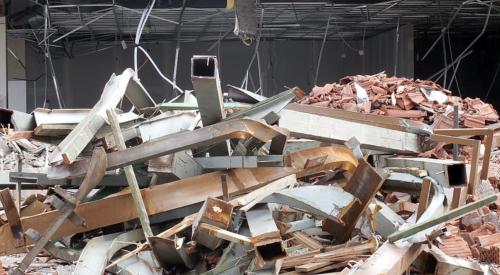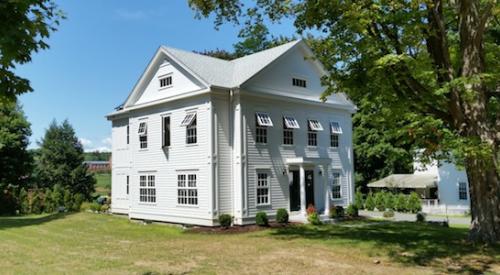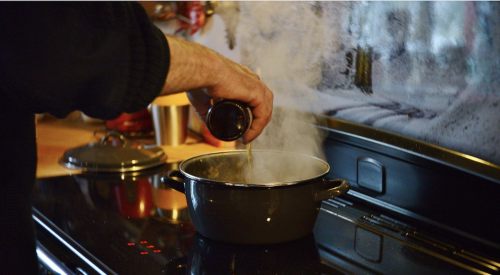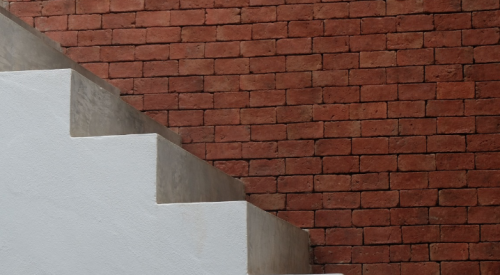 |
| Max Wade |
“We were looking to improve the quality of our construction to stay ahead of the game,” Wade says. So that year he embarked on fundamentally changing how Artistic builds homes while keeping its market leadership at approximately 800 homes a year.
Artistic had been part of the local green building program for a few years, but Wade thought its standards were fairly easy to achieve and misleading to consumers, who might not know the difference between a leaky house made entirely of recycled materials and a super-tight, energy-efficient house.
In 2000, Artistic built two test homes with help from the U.S. Department of Energy’s Building America program. Within a year, Artistic was building its entire production line under specifications developed with Building America, including:
- an integrated heating and water-heating system in which a 50-gallon water heater, coupled with an air handler, supplies heat for the entire house.
- a 12-SEER air conditioner rather than evaporative swamp coolers, which can use 15,000 gallons of water a year.
- advanced-framed, 2x6, 24-inch on-center wall systems with R-19 batts.
- double-glazed, low-E windows.
- ducts sealed with mastic.
Wade acknowledges that the transition proved difficult, especially the HVAC changes. He not only had to educate subcontractors about refrigerated air conditioners in a swamp-cooler market, but he also had to reconfigure all house plans to move the ducts from the attic to conditioned space. PNM, the local utility company, validated those efforts when it monitored 30 Artistic homes for a year and found they used 30-50% less energy than the average house in its Albuquerque service area.
Cost analysis and cost trading (recouping higher costs in one area with lower costs in another) proved key to working with Building America, Wade says. A systems approach to costs meant Artistic raised prices only $1,500 a house — crucial in its $80,000 to $130,000 price range — while saving $250,000 in waste-handling costs last year. Artistic reduced its annual landfill contribution from more than 1,000 Dumpster loads to a little more than 100 by using 20% less materials through advanced framing and by recycling 100% of its biodegradable job-site waste.
Artistic also saved warranty costs while increasing customer satisfaction. “Three years ago, we’d be booked three to four weeks in advance just to get a homeowner issue looked at,” Wade says. Now, although Artistic has 1,000-plus homes in warranty at any one time, so few warranty issues arise that the company employs only one warranty service representative — who works on warranty issues only three days a week.
Wade offers no concrete proof that Artistic’s new way of building sells more homes but says he intuitively knows it does, as the company maintains its 18% share in a booming market. “We obviously want to make more money, but the bottom line is we care about the people who buy our homes,” Wade says. “The whole concept is just right.”












